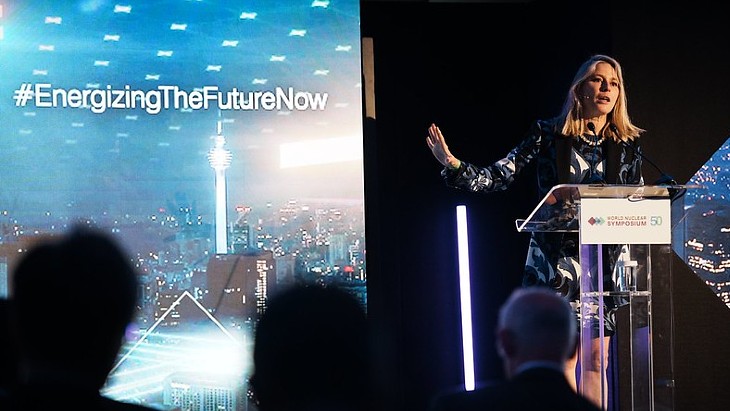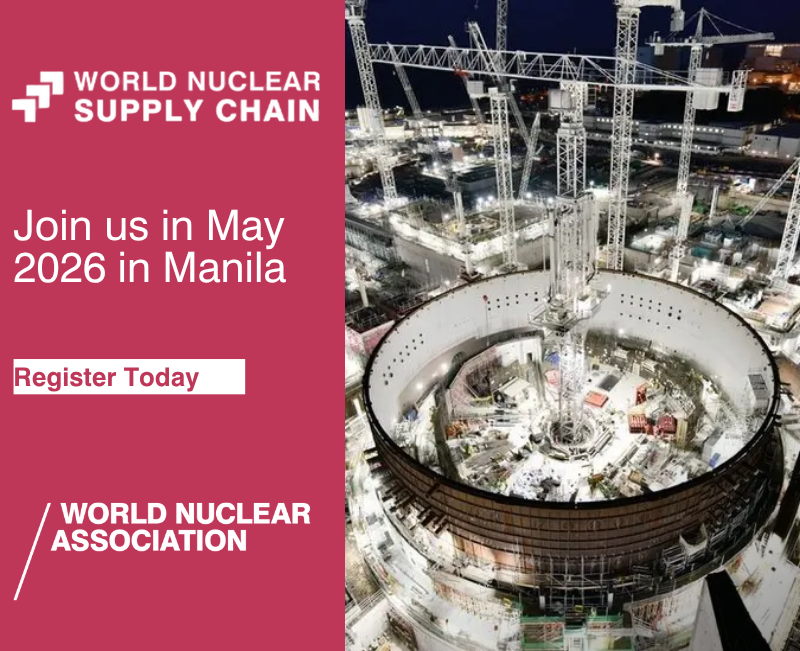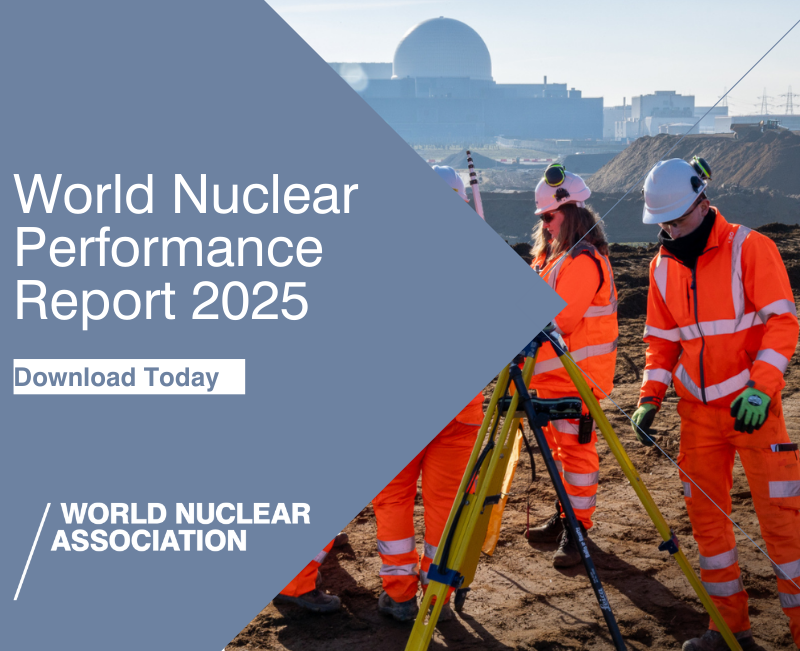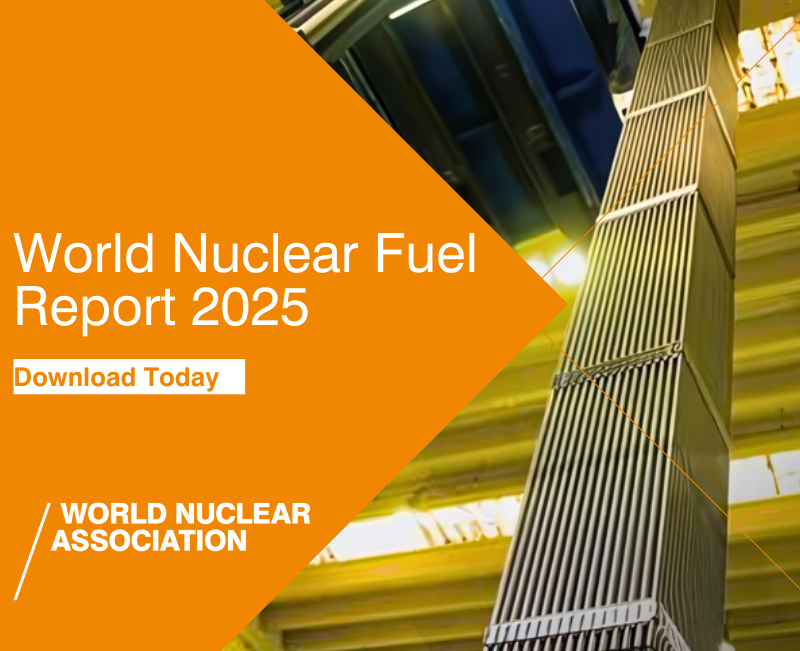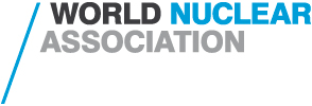Israel began its attacks on Iran's nuclear sites on 13 June, with Prime Minister Benjamin Netanyahu saying: "If not stopped, Iran could produce a nuclear weapon in a very short time." The USA launched strikes on underground nuclear sites on Saturday 21 June. Iran has denied having a nuclear weapons programme.
IAEA update on the situation
The International Atomic Energy Agency (IAEA) director general addressed the IAEA board of governors on Monday as well as the United Nations Security Council meeting on Sunday: "Craters are visible at the Fordow site, Iran’s main location for enriching uranium to 60%, indicating the use by the United States of America of ground-penetrating munitions. This is consistent with statements from the US. At this time, no one - including the IAEA - is in a position to assess the underground damage at Fordow. Given the explosive payload utilised, and the extreme vibration-sensitive nature of centrifuges, very significant damage is expected to have occurred.
"At the Esfahan nuclear site, additional buildings were hit overnight, with the US confirming their use of cruise missiles. Affected buildings include some related to the uranium conversion process. Also at this site, entrances to tunnels used for the storage of enriched material appear to have been hit. At the Natanz enrichment site, the Fuel Enrichment Plant has been hit again, with the US confirming that it used ground-penetrating munitions.
"Iran has informed the IAEA there has been no increase in off-site radiation levels at all three sites."
In a statement to the United Nations Security Council on Friday he had reported that "the Khondab Heavy Water Research Reactor under construction in Arak, was hit on 19 June. As the reactor was not operational and did not contain any nuclear material, no radiological consequence is expected. The nearby Heavy Water Production Plant is also assessed to have been hit, and similarly no radiological consequence is expected. As stated in the IAEA's update of 18 June, at the Tehran Research Centre, one building, where advanced centrifuge rotors were manufactured and tested, was hit. At the Karaj workshop, two buildings, where different centrifuge components were manufactured, were destroyed. There was no radiological impact, internally or externally."
Iran's Bushehr Nuclear Power Plant has not been reported to have been targeted during the attacks on nuclear sites. Grossi has warned that any direct hit on it, or disabling of its external power supply, could have serious consequences.
Iran's enrichment facilities
Unenriched, or natural, uranium contains about 0.7% of the fissile uranium-235 (U-235) isotope. ("Fissile" means it's capable of undergoing the fission process by which energy is produced in a nuclear reactor). The rest is the non-fissile uranium-238 isotope. Most nuclear reactors need fuel containing between 3.5% and 5% U-235 - known as low-enriched uranium, or LEU. Advanced reactor designs that are now being developed - and many small modular reactors - and research reactors, which are often used to produce medical radioisotopes, amongst other things - will require higher enrichments still - typically up to 20%.
Enrichment increases the concentration of the fissile isotope by passing the gaseous uranium hexafluoride (UF6) through so-called cascades of gas centrifuges, in which a fast spinning rotor inside a vacuum casing makes use of the very slight difference in mass between the fissile and non-fissile isotopes to separate them.
But the same technology that is needed to enrich uranium for use in nuclear power or research reactors could also be used to enrich uranium to the much higher levels (90% U-235 and above) that could be used in nuclear weapons. This means that uranium enrichment is strategically sensitive from a non-proliferation standpoint, so there are strict international controls to ensure that civilian enrichment plants are not used in this way.
Iran is known to operate enrichment plants at Natanz, about 80km southeast of Qom, and Fordow, 20km north of Qom.
According to World Nuclear Association, there are two enrichment plants at Natanz: the Pilot Fuel Enrichment Plant, with two cascades designated for production of uranium enriched up to 20% U-235, ostensibly for the Teheran Research Reactor, and R&D purposes; and the Fuel Enrichment Plant, which is built underground.
In a quarterly report, published on 31 May, the IAEA verified that cascades at the Fuel Enrichment Plant were being fed with natural UF6 to produce material enriched up to 5% U-235. It verified that Iran was testing some centrifuges and feeding both natural and depleted UF6 into others in the various R&D production lines at the Pilot Fuel Enrichment Plant.
According to the IAEA's quarterly report, as of 27 May some 82 cascades were operational at the Fuel Enrichment Plant, with seven operational cascades at the Pilot Fuel Enrichment Plant. The Fuel Enrichment Plant had produced an estimated 2671.3 kg of UF6 enriched up to 5% since its previous report. The pilot plant had produced 19.2 kg of uranium enriched up to 60%, about 243 kg with up to 5% enrichment and 453 kg with enrichment up to 2% U-235.
The Fordow Fuel Enrichment Plant has 13 operating cascades, according to the IAEA, where over 166 kg of UF6 enriched up to 60% U-235 were produced since the agency's previous quarterly report, as well as 67 kg of material enriched up to 20%, 724.5 kg enriched up to 5%, and nearly 369 kg of up to 2% enrichment.
The agency said that Iran's total inventory of enriched uranium as of 27 May stood at 2221.4 kgU of material with an enrichment of up to 2%; 5508.8 kgU up to 5%, 274.5 kgU up to 20% and 408.6 kgU with up to 60% enrichment.
The UF6 feedstocks - natural and depleted UF6 - have low levels of radioactivity, but significant chemical toxicity, so have to be handled appropriately, as does the enriched uranium product. The materials themselves are stored in purpose-built cylinders to provide the necessary physical protection.
What Grossi told the Security Council
The IAEA Director General, appearing by video link on Sunday before the Security Council meeting - which included Israeli and Iranian representatives - said: "The nuclear non-proliferation regime that has underpinned international security for more than half a century is on the line. The dramatic events in Iran have become even more serious with last night’s bombardments and the potential widening of the conflict. We have a window of opportunity to return to dialogue and diplomacy. If that window closes, violence and destruction could reach unthinkable levels and the global non-proliferation regime as we know it could crumble and fall.
"Iran, Israel, the Middle East, need peace and there is a path for diplomacy. We must return to the negotiating table and allow the IAEA inspectors, the guardians of the NPT, to go back to Iran’s nuclear sites and account for the stockpiles of uranium, including, most importantly, the 400kg enriched to 60%. Any agreement, any arrangement will have as a prerequisite the establishment of the facts on the ground. This can be done only through IAEA inspections.
"IAEA inspectors are in Iran, and they must do their job. This will require a cessation of hostilities so that Iran can let the teams into the sites under the necessary safety and security conditions. Any special measures by Iran to protect its nuclear materials and equipment can be done in accordance with Iran’s safeguards obligations and the Agency. This is possible.
"The IAEA has consistently underlined, as stated in its General Conference resolution, that armed attacks on nuclear facilities should never take place and could result in radioactive releases with grave consequences within and beyond the boundaries of the State which has been attacked.
"There is arguably no more important and universally supported endeavour than ensuring that we use the enormous power of the atom for good rather than destruction. Let us not allow the window to close on diplomacy. Let us not allow the non-proliferation regime to fail. Irrespective of individual positions and views, one thing is certain, and this is the simple truth: we will not be safer if there are more nuclear weapons in more states around the world."

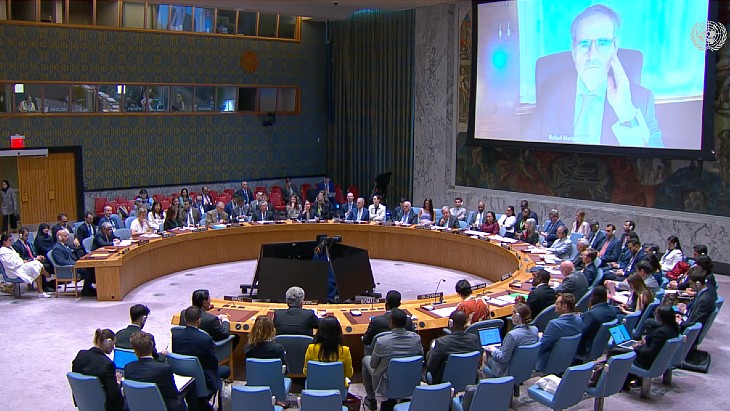



_69218.jpg)
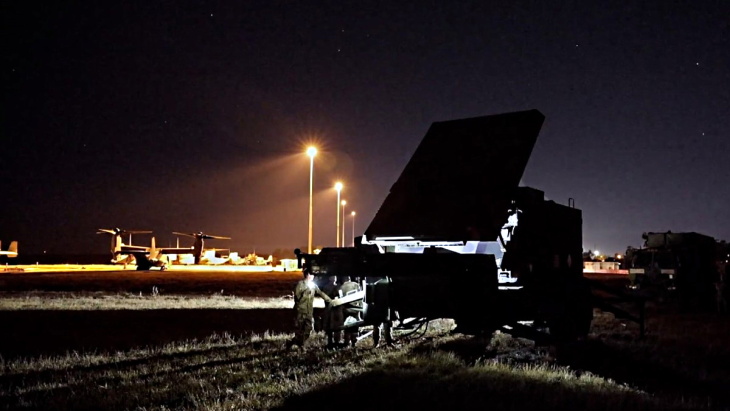
_50545.jpg)
_28367.jpg)
_76087_55556.jpg)
